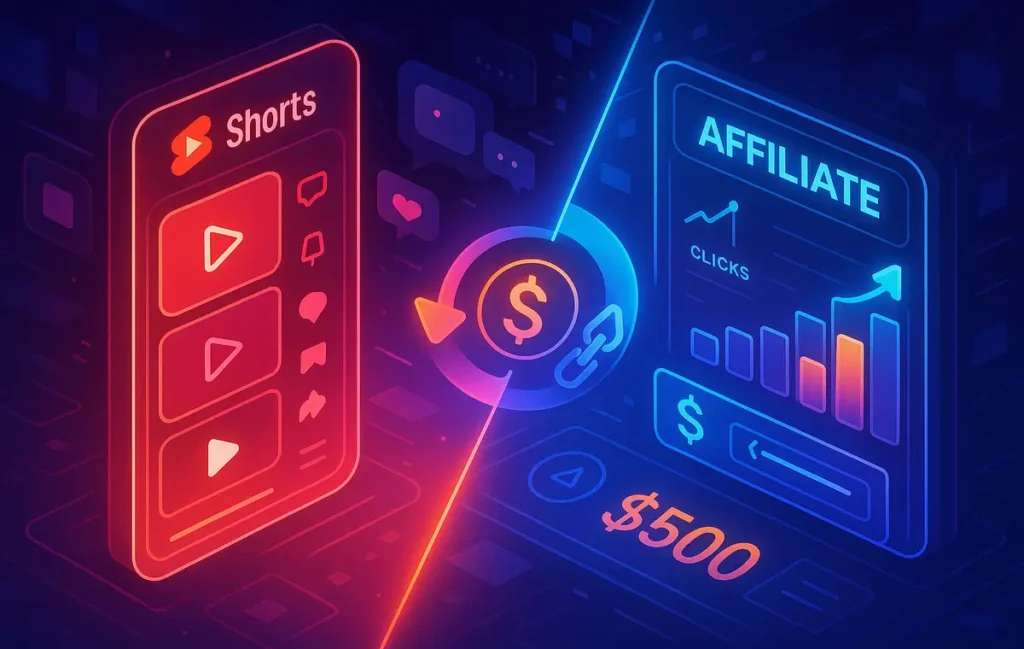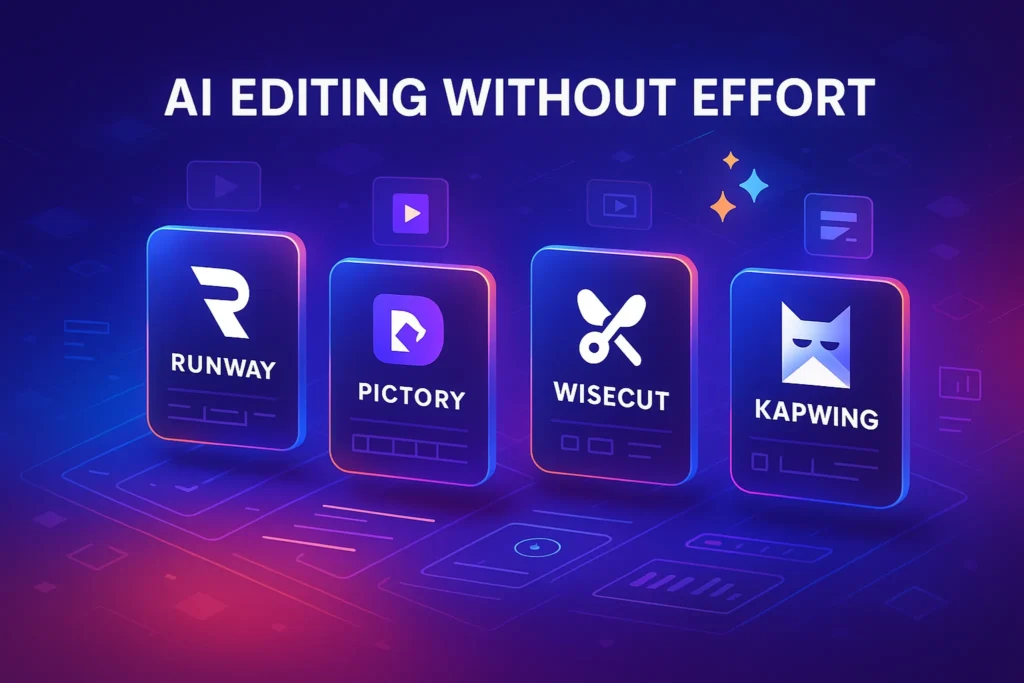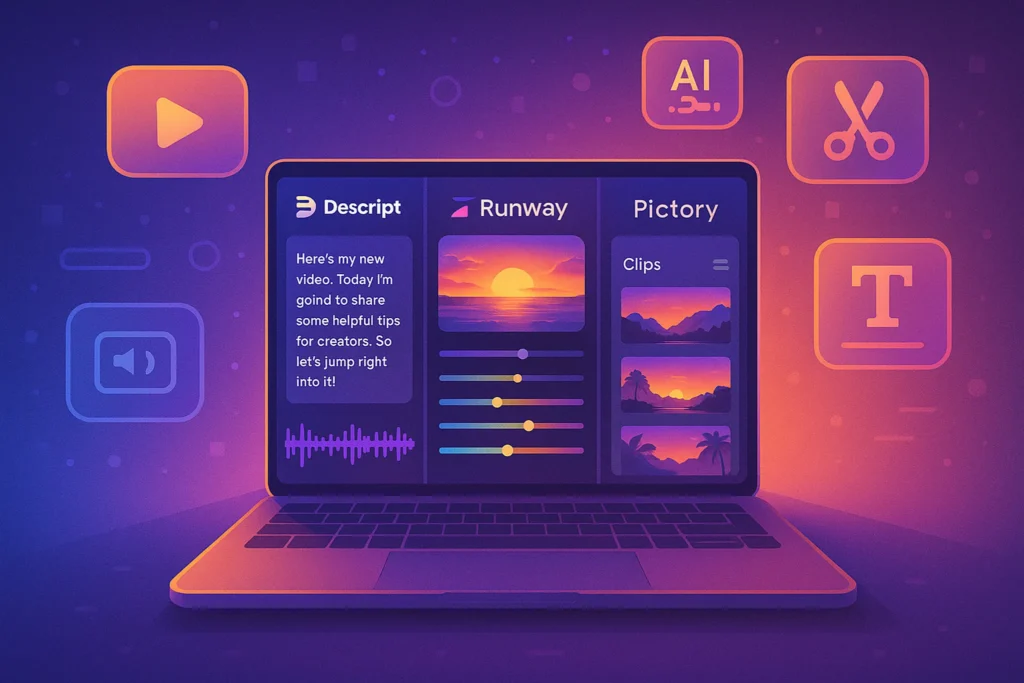🎬 Intro
YouTube Shorts has become the fastest-growing video format in the creator world. Billions of views happen daily, but most creators still make pennies from AdSense. That’s because Shorts’ CPM is notoriously low, often less than one-third of long-form YouTube. If you’re serious about building an actual business, you need to stack AdSense with something more scalable. The answer? Pair Shorts with affiliate marketing.
This combination is like oil and fire. Shorts give you free distribution; affiliates give you revenue outside the ads. When you add link cloaking, tracking, and funnels, you create a system where every 30-second clip can drive consistent income. This post breaks down how creators—whether on YouTube, X, or newsletters—can set up their first Shorts + Affiliates monetization stack and finally see their content work for them.
🚀 Why Shorts + Affiliates = Perfect Combo
The algorithm behind Shorts is designed for reach. It doesn’t care if you have 10 subscribers or 100,000—if the video clicks, it gets pushed. That’s why Shorts often feel like free advertising for your channel. The problem is that the revenue system isn’t built for this virality. A creator with 5 million Shorts views might only make a few hundred dollars in ad revenue.
This is where affiliates bridge the gap. Instead of waiting for YouTube payouts, you place your own links in descriptions or pinned comments. Each click becomes measurable. Each purchase becomes a commission. For a fitness creator, it might be protein supplements; for a tech creator, AI software or gadgets. In fact, as we’ve covered in YouTube Shorts vs TikTok vs Reels, the format with the best funnel-friendly design is Shorts—because comments and descriptions don’t get buried as fast.
Affiliate links change the math. Suddenly, the same 5 million views could drive thousands of clicks and conversions. It’s not just ads anymore—it’s commerce.
🧩 Core Stack: The 4-Layer Model
A real monetization system for Shorts isn’t random links—it’s a layered stack:
Content Layer: You start with high-velocity videos that actually hook attention. Tutorials, quick hacks, micro-reviews—these outperform pure entertainment when paired with affiliate links. People want immediate value, not long buildup.
Affiliate Layer: Raw affiliate links look ugly and suspicious. Cloaking with tools like PrettyLinks or ThirstyAffiliates not only makes them click-friendly but also builds trust. Creators often forget disclosure here, but transparency is essential—both for trust and for compliance.
Tracking Layer: Just posting links isn’t enough. You need UTM parameters, GA4 dashboards, or advanced tools like Voluum and RedTrack. Otherwise, you’ll never know which Shorts are actually profitable. In our deep dive on Affiliate Tracking for Creators, we showed how the right software saves you from losing commissions.
Monetization Layer: This is where it all connects. The click from a Short shouldn’t go directly to a raw affiliate link—it should ideally pass through a landing page or mini-funnel. That way, you capture emails, retarget, and ensure you’re not dependent on one video. Our guide on Building a Video Marketing Funnel explains how this multiplies conversion.
Together, these four layers create a durable system. Shorts are the spark, affiliates are the fuel, tracking is the map, and funnels are the engine.
🛠️ Tools & Software for Creators
Building this stack doesn’t require a huge budget. The beauty is how accessible the tools are in 2025.
-
Link Cloaking: PrettyLinks and ThirstyAffiliates remain the most creator-friendly, especially for WordPress blogs. Bitly’s branded domain is a lighter alternative.
-
Affiliate Programs & Payouts: Platforms like Impact and PartnerStack give transparent dashboards and reliable payouts. This avoids the messy delays of one-off brand deals.
-
Tracking & Attribution: Voluum and RedTrack are top-tier for pro creators running multi-channel traffic. But if you’re new, GA4 with UTM tags is a free entry point.
-
Shorts Creation Tools: Canva and CapCut dominate. With templates for text overlays and snappy cuts, they cut editing time by 80%.
What makes this stack different is that each tool supports a piece of the funnel. In our earlier review of Best Affiliate Marketing Software, we emphasized the importance of choosing tools that scale with you—not ones you’ll outgrow in six months.
💡 Nerd Tip: Don’t over-invest early. Start with free GA4 tracking + PrettyLinks. Upgrade to Voluum or PartnerStack only once you’re consistently generating conversions.
📋 Step-by-Step Playbook
-
Pick Your Niche: Choose a space where products naturally align with short content—AI tools, budget gadgets, or fitness gear. As covered in Monetizing Video Content, you need niches with clear buyer intent.
-
Create 10 Shorts: Aim for tutorials, hacks, or reviews under 40 seconds. Each video should solve one micro-problem.
-
Add Affiliate Links: Cloak them, add disclosures, and place them in both the description and pinned comment.
-
Test Tracking: Use GA4 or Voluum to confirm clicks are tracked. One Shorts view should equal a measurable chance of conversion.
-
Review Metrics: CTR, EPC (earnings per click), and revenue per thousand views matter more than total views.
-
Iterate: Adjust thumbnails, CTAs, and hooks weekly. Viral formats shift fast.
Creators who follow this playbook often see ROI within weeks. One YouTuber in the AI tools niche reported $700 in affiliate commissions in a single month—on top of just $120 in Shorts ad revenue. The difference wasn’t luck, it was stacking.
⚠️ Challenges & Fixes
Low CTR: If people aren’t clicking, it’s usually your CTA or thumbnail. Simple changes like “link in pinned comment” doubled clicks for one SaaS reviewer.
Shadow-banned Links: YouTube sometimes suppresses raw affiliate URLs. Cloaking and using a neutral landing page solves this.
Trust Issues: If viewers sense a pure ad, they tune out. Authentic reviews and clear disclosures not only protect compliance but increase conversions.
As one creator posted on X: “Once I started being upfront about affiliate links, my clicks actually went UP. People appreciate honesty.” Transparency pays.
💡 Nerd Tip: Shorts should never feel like ads. Give a real insight, a quick tip, or a clever hack. Then place the affiliate link as a natural “next step.” Ads interrupt; Shorts invite.
⚡ Ready to Monetize Your Shorts?
Stop relying only on YouTube’s low CPM. Build your creator stack with cloaking, tracking, and affiliate dashboards—and turn Shorts into income streams.
🧠 Psychological Triggers in Shorts
Monetization through YouTube Shorts is not just about dropping a link—it’s about understanding why viewers click. Even in a 15-second format, psychological triggers play a massive role in driving conversions. Scarcity is one of the most effective levers: phrases like “Only available this week” or “The free trial ends soon” create urgency. Social proof also amplifies trust. A creator showing that “10,000 people already downloaded this app” gives validation that the recommendation is safe and worthwhile. Authority cues work well, too—framing content as “I’ve tested 5 tools, this is the one I kept using” immediately positions the creator as a trusted filter.
Viewers of Shorts scroll quickly, so the messaging needs to be sharp. A single phrase embedded as text overlay can boost CTR significantly. For example, one SaaS reviewer on Shorts reported that adding a subtitle like “Save 20 hours a week with this” above the affiliate demo doubled their link clicks. These aren’t gimmicks—they are behavioral nudges that respect attention while guiding decisions. As we discussed in YouTube Shorts vs TikTok vs Reels, Shorts excel because they combine immediacy with discoverability. By weaving psychological triggers into micro-content, creators align with how the human brain actually makes fast purchase decisions.
📩 Shorts + Email Capture Bridge
Relying only on direct affiliate links is risky. YouTube can change its policies, platforms can ban links, or algorithms can shift. The smarter approach is to build an email capture bridge. Instead of sending viewers directly from a Short to an affiliate offer, you send them first to a mini-landing page that collects emails. That way, you control the relationship and can keep monetizing long after the Short has stopped getting views.
This bridge model also allows you to insert a lead magnet—a free guide, a checklist, or even a mini-course. For example, if you’re promoting AI tools, you can offer a “Top 5 AI Productivity Hacks” PDF in exchange for an email. Once inside the list, you can nurture trust and present affiliate products more naturally. This is where insights from Lead Magnets that Convert directly apply. The beauty of this setup is compounding: each new Short grows not just affiliate clicks but also your owned audience. That audience can later be moved to long-form YouTube, a newsletter, or even your own SaaS. In a world where platform volatility is real, owning the funnel gives creators long-term leverage.
🌍 Global & Regional Differences
One mistake creators make is assuming all audiences behave the same. But YouTube Shorts monetization looks different depending on geography. CPM rates for Shorts vary widely—creators in the U.S. might see $1.50–$2.50 CPM, while those in India or Brazil may see under $0.50. Affiliate behaviors also differ. In the U.S. and Europe, SaaS and tech tools convert well. In Asia and Latin America, fitness products, mobile apps, and e-commerce deals dominate.
For creators, this means tailoring your affiliate stack to regional audiences. If your Shorts traffic is 40% from Southeast Asia, promoting high-ticket SaaS may underperform compared to mobile-first tools. In contrast, if your channel is heavy on U.S. viewers, affiliate programs like software subscriptions or AI platforms generate recurring payouts. Understanding these differences transforms Shorts from guesswork into data-driven funnels. Platforms like Voluum and RedTrack allow geo-segmentation so you can see which countries are driving EPC (earnings per click).
This localization isn’t just about payouts—it’s about relevance. Viewers are more likely to trust a link when it matches their market. By aligning global traffic insights with affiliate choices, creators ensure their stack scales across borders, not just locally.
⚠️ Common Mistakes Creators Make
Many creators rush into affiliate monetization on Shorts and repeat the same errors. The first mistake is pushing content that feels like an ad. Viewers scroll away instantly if they sense a hard sell. The fix? Give value first—teach a hack, solve a micro-problem, or share a personal workflow before mentioning the affiliate link.
Another mistake is using raw, ugly affiliate links. Not only do these look untrustworthy, but they often get suppressed by YouTube or flagged by viewers. Cloaking them through PrettyLinks or ThirstyAffiliates both improves aesthetics and reduces risk. A third mistake is skipping disclosure. The FTC requires clear affiliate disclosure, and beyond legal risk, lack of transparency damages trust. Interestingly, one creator shared on X: “When I started disclosing my affiliate links, CTR went UP. Honesty converted better.”
Finally, too many creators ignore tracking. Without UTM tags or affiliate dashboards, they never know which Short is actually profitable. This means they keep making content blind. By avoiding these pitfalls, creators set themselves apart from the 90% who burn out quickly. It’s the difference between a hustle and a business.
🔮 Long-Term Evolution: Shorts as Part of a Funnel
The final layer of depth is understanding Shorts not as a standalone revenue channel but as part of a larger funnel. Today, Shorts are perfect top-of-funnel content: they drive awareness and clicks. But sustainable creator businesses don’t stop there. The best creators use Shorts to seed interest, long-form YouTube to deepen trust, newsletters to nurture, and affiliate or digital products to monetize.
This ecosystem view is the future. Shorts bring new people in daily, but the real money is in moving them across platforms you control. Think of it like a relay race: Shorts get the baton moving, but newsletters and blogs carry it to the finish line. Our insights in Building a Video Marketing Funnel show how layering formats multiplies ROI.
For creators serious about 2025 and beyond, the playbook is clear. Don’t see Shorts as your endgame—see them as the on-ramp. By combining them with affiliates, email capture, and broader funnels, you’re not just monetizing content. You’re building a resilient creator brand. And as NerdChips often emphasizes, resilience beats virality in the long run.
📬 Want More Creator Monetization Hacks?
Join our free newsletter and learn weekly tactics for Shorts, affiliates, and video marketing stacks—straight to your inbox.
🔐 100% privacy. No spam. Just actionable strategies from NerdChips.
🧠 Nerd Verdict
YouTube Shorts alone may never pay like long-form CPMs, but paired with affiliates, they unlock one of the most lucrative monetization stacks for creators in 2025. The system is simple: Shorts for reach, affiliates for revenue, tracking for clarity, funnels for scale. Creators who master this stack won’t just chase viral spikes—they’ll build steady, growing businesses. And that’s the true promise of creator-first monetization.
❓ FAQ: Nerds Ask, We Answer
💬 Would You Bite?
If you had to start building your stack today, would you prioritize cloaking links first—or building a landing page and tracking system?
Crafted by NerdChips for creators and teams who want their best ideas to travel the world.



